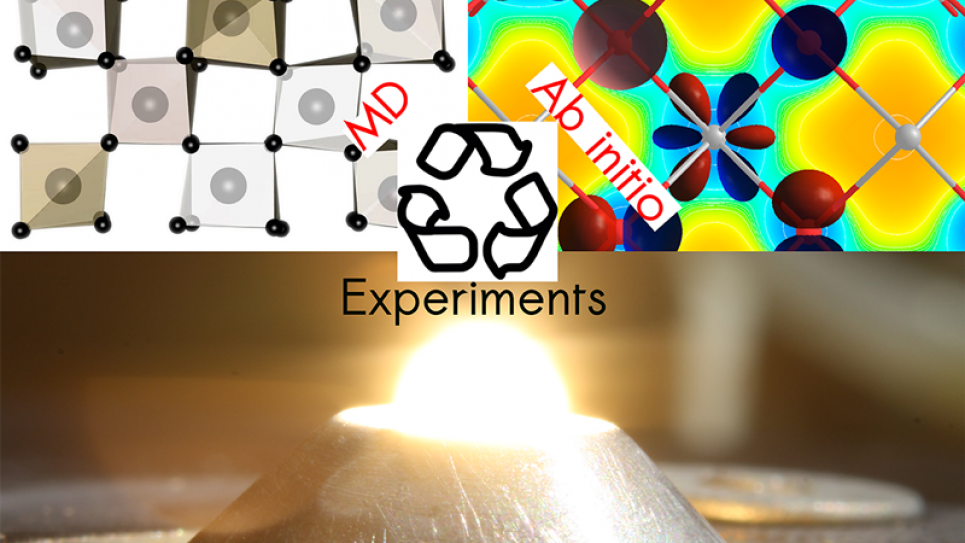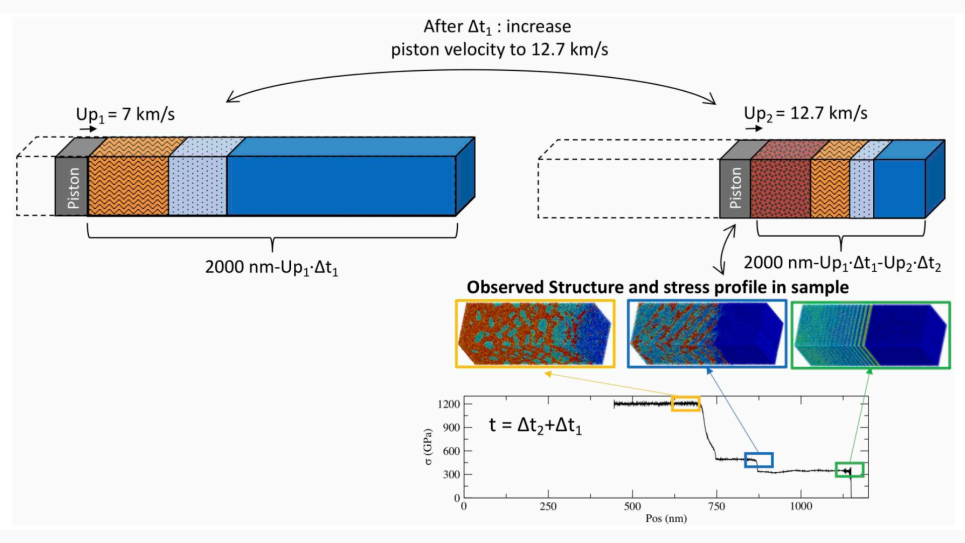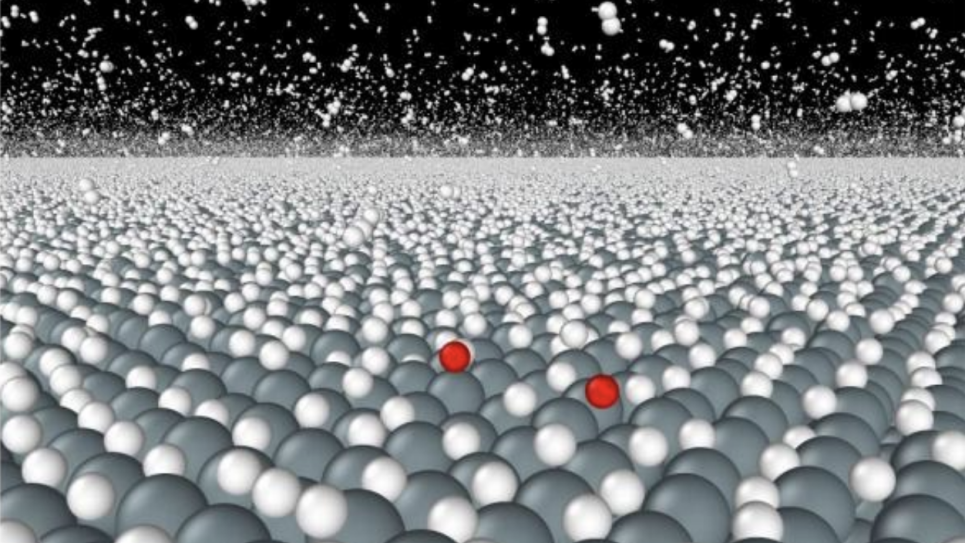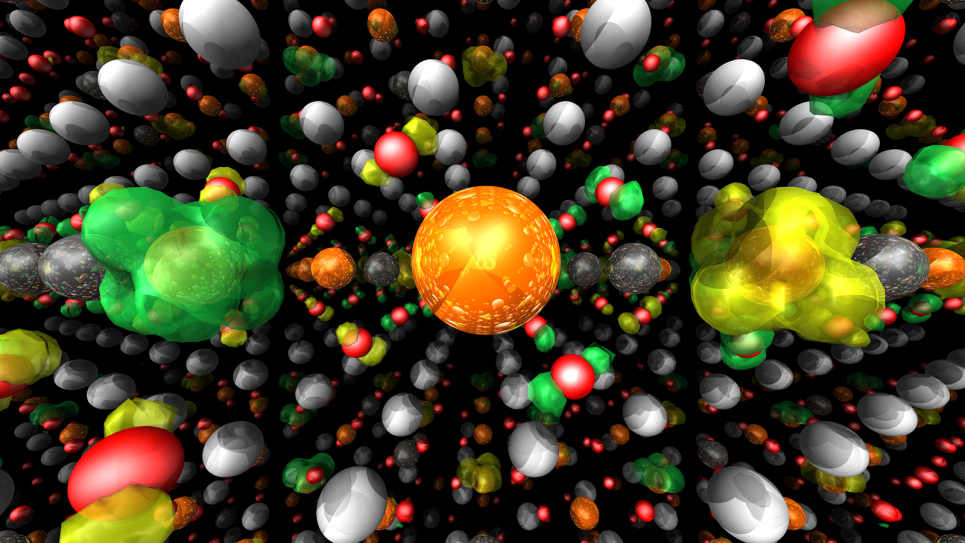
Unveiling the Behavior of UO2 Under Extreme Physical Conditions
Operating safe nuclear power facilities is of the utmost importance. However, little is known about how nuclear fuel materials behave when reactor cores melt. The main objective of this INCITE award is to develop a fundamental understanding of the fluid dynamics, electronic structure, and mechanical properties of hot solid and molten nuclear systems.
Using a first-principles approach, researchers plan to pioneer the ab initio treatment of material systems under extreme conditions. Initially, the work will focus on uranium dioxide (UO2). While the most widely used nuclear fuel, there remain large uncertainties associated with liquid UO2 properties that are important for reactor-safety assessments.
Until recently, the nanometer length-scale interactions and picosecond timescales required to model the dynamics of large atomic clusters have rendered high-temperature molecular dynamics (MD) studies impractical. The team’s BigDFT code is expected to significantly increase computational efficiency while decreasing the computational cost of the various structure analyses. Combining the code with Mira will allow, for the first time, accurate quantum MD calculations of large supercells at high temperatures.
Near-term results include the powerful capability to simulate the behavior of nuclear energy materials in relevant and extreme conditions. Such understanding, as the interplay between UO2 and its zirconium cladding at the atomic scale, will allow researchers to design, test and deploy “accident-tolerant fuels” that do not react with their environments.


